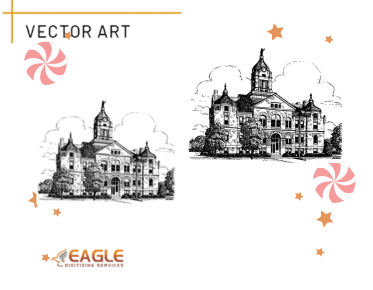How Does Digital Pattern Making Shorten the Apparel Production Cycle?
The apparel industry is constantly evolving, with digital technologies at the forefront of innovation. One significant advancement transforming the industry is digital pattern making. This technology is not only enhancing the quality of garments but also drastically reducing the production cycle. By understanding the mechanisms through which digital pattern making facilitates this process, fashion brands can optimize their production timelines and competitive advantage.
The Traditional Apparel Production Cycle
Traditionally, the apparel production cycle is labor-intensive and time-consuming. It involves a series of manual steps, such as hand drawing patterns, cutting fabric, and producing samples. Each phase includes several rounds of modifications that delay the entire schedule. The manual pattern-making process can be particularly slow because it involves physical alterations and adjustments, often requiring entire patterns to be redrawn from scratch.
Introduction of Digital Pattern Making
Digital pattern making is a revolutionary approach that utilizes computer-aided design (CAD) software to create and modify garment patterns. This method involves a transition from physical drafts to digital templates, allowing designers to make instant changes and visualize alterations more efficiently than ever before. Digital pattern making eliminates many logistical and time barriers associated with traditional methods.
Speed and Efficiency
The primary advantage of digital pattern making lies in its speed and efficiency. Unlike the traditional process, digital tools allow for precise adjustments with just a few clicks. This significantly reduces the time spent on revising and perfecting a pattern, leading to a faster transition from design to production. Moreover, digital files can be easily shared across different stakeholders, ensuring a seamless and more collaborative approach to pattern creation.
An essential part of this technology is vector art services. These services allow for accurate conversions and adjustments, which are integral to creating responsive and scalable designs that can be shared within seconds, further speeding up the process.
Reduction in Errors
In the manual process, errors often occur during the translation of designs into physical patterns. These errors can lead to wasted resources and longer production times. Digital pattern making minimizes these mistakes by ensuring accuracy from the onset. CAD software provides tools for precise measurements and instant error checking, thus preventing costly missteps.
Cost-Effectiveness
By shortening the production cycle, digital pattern making also cuts down costs. Less time is spent on sample production, and the reduced need for physical materials makes the process more sustainable. This cost-effectiveness makes digital pattern making an attractive investment for apparel companies aiming to improve their bottom line without compromising on quality.
Alongside software solutions, some companies specialize in image vectorization services, enhancing the overall design workflow and allowing companies to project savings onto other innovative efforts.
Integration with Modern Textile Technologies
Digital pattern making is compatible with a range of modern textile technologies, including digital printing and automated cutting machines. By integrating these technologies, garment manufacturers can streamline the entire production process. This compatibility ensures that digital patterns can be seamlessly implemented into various stages of manufacturing, from design conception to final production.
Customizability and Rapid Prototyping
One of the greatest boons of digital pattern making is the ease of customization it offers. Designers can experiment with new ideas without being hampered by the cost and time involved with reworking physical prototypes. Rapid prototyping means that you can assess different styles and fit requirements quickly and efficiently.
Moreover, companies can leverage vector art conversion services to elevate their design processes, ensuring that the creative phase can flow unimpeded from drawing board to storefront.
The Role of Eagle Digitizing in Apparel Production
Eagle Digitizing exemplifies a firm that has mastered the complexities of vector conversion and digital pattern making, providing invaluable support to small to midsized businesses. They employ advanced methods for raster to vector conversion, which is crucial for maintaining high accuracy and efficiency throughout the apparel production cycle. This service ensures that every vectorized design is production-ready, facilitating faster launches of new fashion lines.
Looking to the Future
As digital pattern making continues to mature and integrate with other cutting-edge technologies, the apparel industry is likely to see even more dramatic reductions in production times. The potential for combining digital patterns with AI-driven analytics could take customization and efficiency to new heights. Fashion brands should prepare to embrace these innovations to remain competitive in an increasingly digital and fast-paced market.
Are we nearing a future where fashion production is entirely digital? As the industry moves forward, keeping an eye on emerging trends and technologies will be crucial for those wishing to stay ahead.



